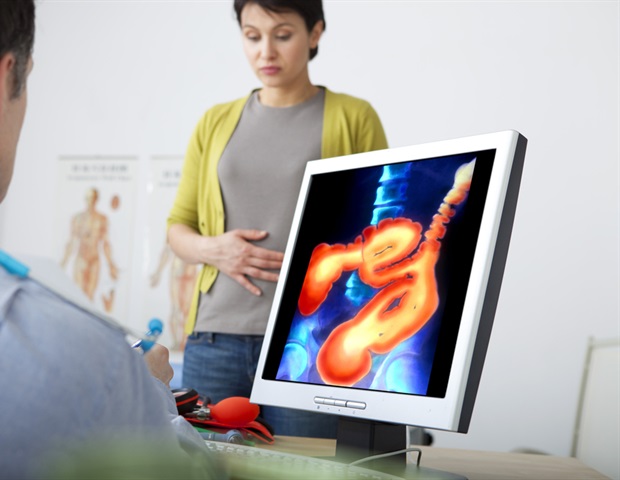The U.S. spends $413 billion dollars each year on diabetes-related care, meaning that diabetic patients now account for one of every four healthcare dollars spent in the country.
The first step in fixing this problem is increasing people’s awareness of metabolic health and ensuring they’re educated about the choices they can make to better manage their glucose levels, said Dexcom COO Jake Leach during an interview this week at HLTH in Las Vegas.
If people are aware of the role they can play in improving their own metabolic health, they can make healthier choices sooner. This can prevent a person from becoming diabetic or stop a person’s diabetes from progressing into a severe, costly state, Leach explained.
Dexcom is most well known for its G7 continuous glucose monitors (CGMs). These devices track glucose levels in real time using a small sensor inserted under the skin, providing alerts to help patients manage their blood sugar more effectively. Diabetic patients who require insulin have been using these Dexcom’s CGMs for nearly 20 years.
Just two months ago, Dexcom began selling its first over-the-counter glucose biosensor. This device, called Stelo, empowers people — both those with and without diabetes — to actively track their metabolic health, Leach said.
“You can now go, without a prescription, and buy a CGM and try it out. Only about a third of people with diabetes in the United States qualify for insurance coverage of CGM, so there’s a really significant portion of people out there who didn’t have access to CGMs until we launched Stelo,” he declared.
Stelo is built on the same hardware as Dexcom’s other glucose monitoring devices, so users can expect the same accuracy and reliability they would get with G7 products, Leach added.
He also pointed out that Stelo has a different mobile app experience because it is tailored toward people who are not taking insulin.
“This is the broadest indication for CGM ever in the United States — it’s all adults who don’t take insulin. Because if you’re taking insulin, you should be using a product like G7 that has the alarms and safety factors that are built for that,” Leach noted.
In the two months that Stelo has been available, Dexcom is seeing a mix of people using the device. Many users are diabetic patients who don’t qualify for insurance coverage of a CGM, some are patients with prediabetes, and some are simply people who are interested in learning how their eating and activity habits impact their glucose levels, Leach explained.
Stelo sensors can be worn for 15 days. Users can buy two of them for $99, or they can sign up for a $89 per month subscription plan in which two sensors are shipped to their home every month.
This is the first time that continuous glucose monitoring technology has been offered for less than $100 per month, Leach remarked.
“The idea was to remove the prescription and get the price as low as we can in order to give as many people access to it as we possibly can,” he declared.
To him, Stelo is “an incredibly empowering tool” because it allows users to see how their glucose levels change throughout the course of the day.
“Everybody’s glucose goes up and down, and usually it goes up when you eat something, but it’s very unique. It’s very personal. Different foods impact different people differently,” Leach added.
By accessing this information in real time, people can quickly begin to understand how their food, activities and stress levels are impacting their metabolic health, he said.
Leach noted that Dexcom anticipates about $40 million of revenue this year from Stelo.
Photo: FotografiaBasica, Getty Images







